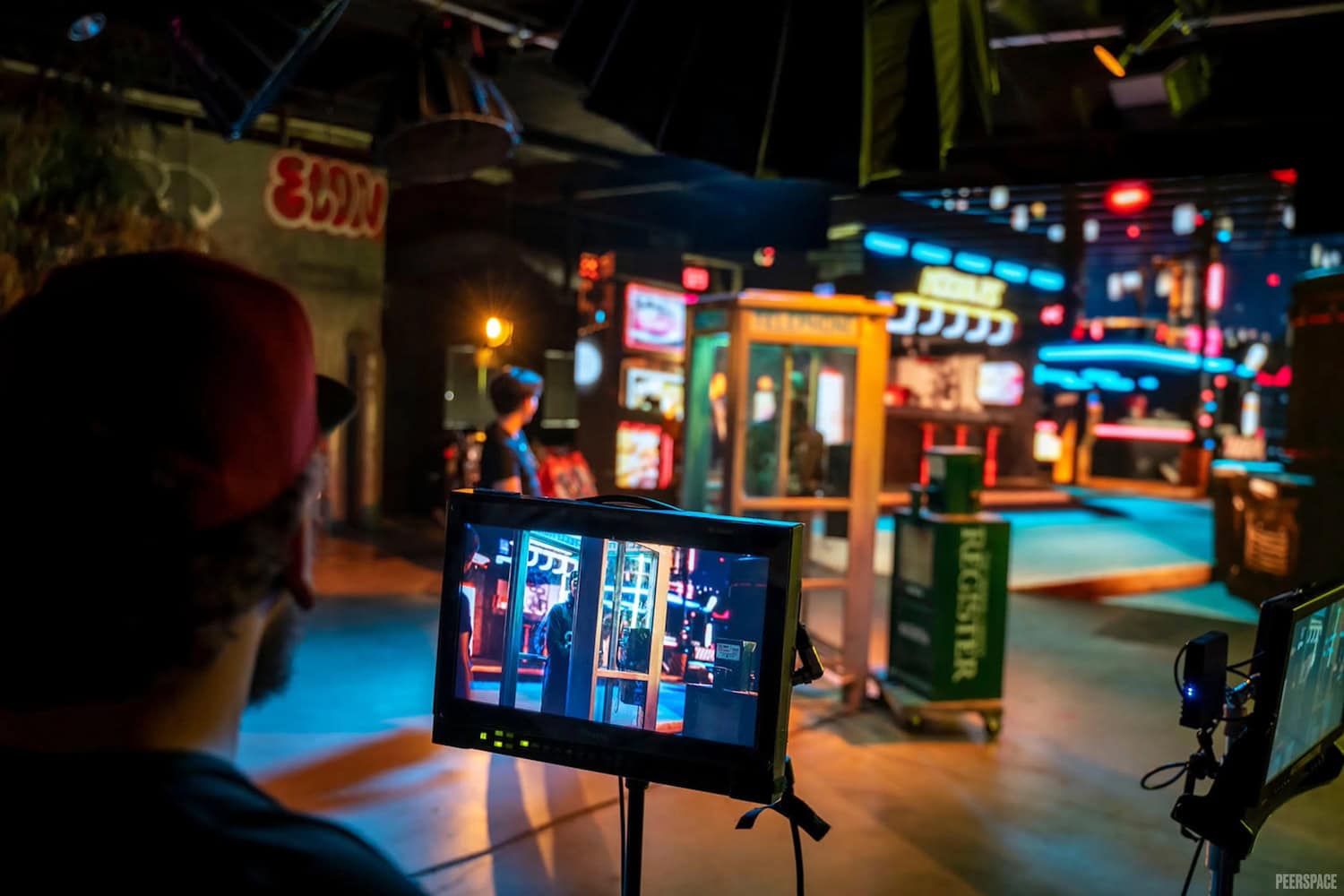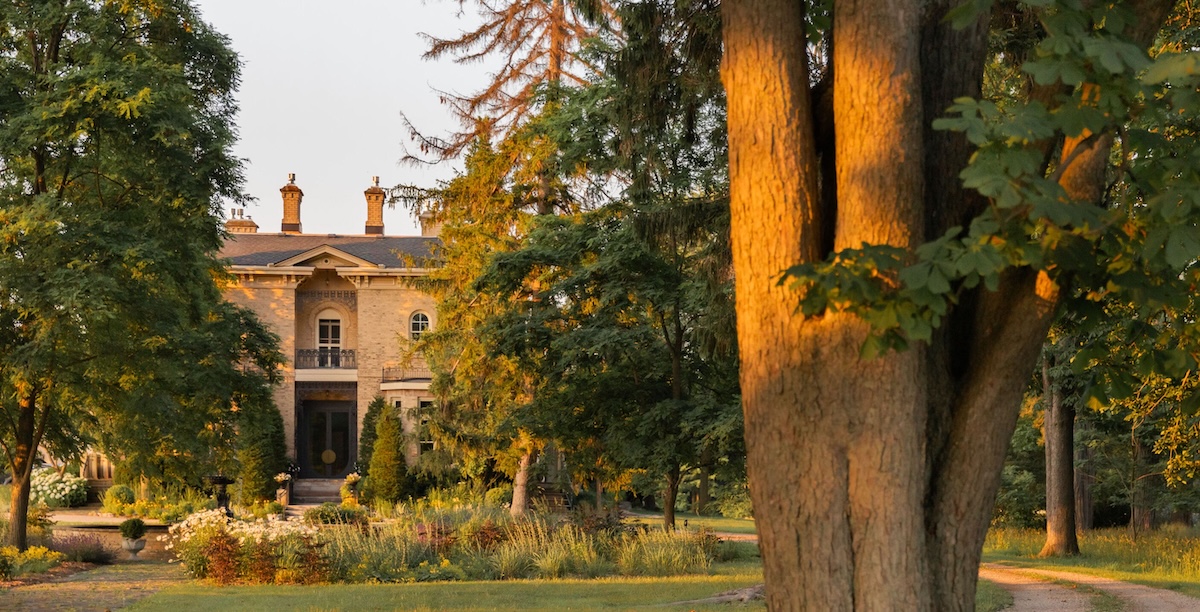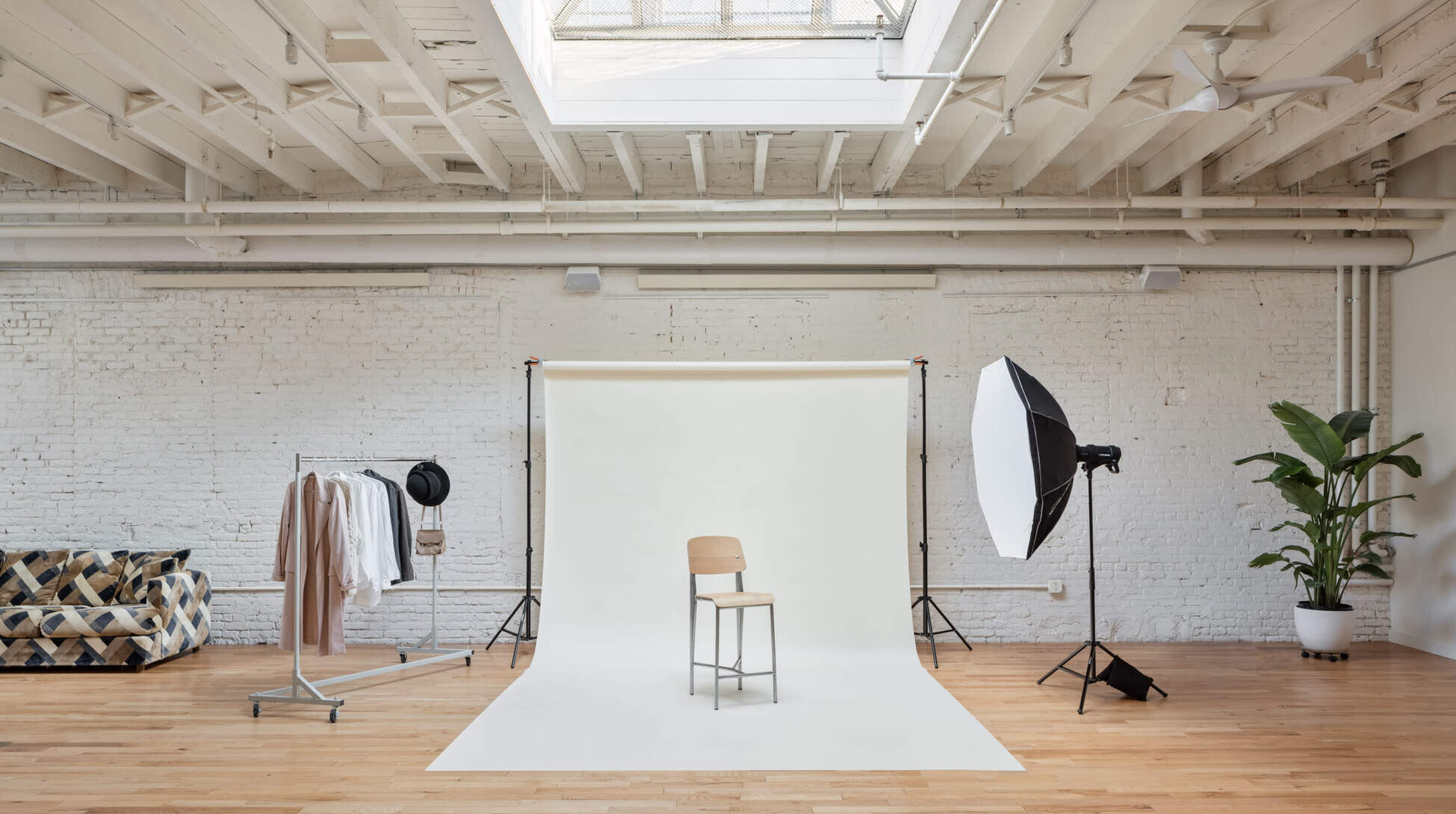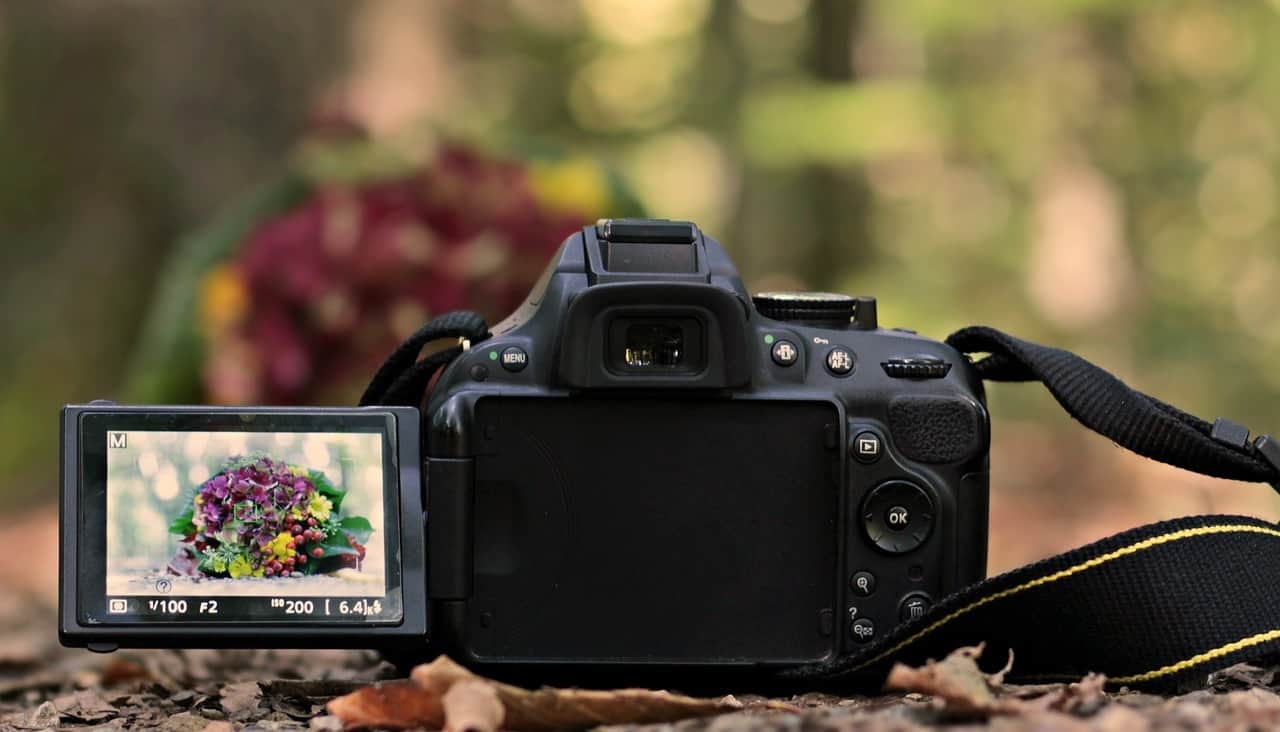
Source: Pixabay
Wondering what is a DSLR? The market is saturated with camera options, each obfuscated by acronyms and long spec sheets. All of this can make cameras confusing. How do you know which option is best for you and your photography?
In recent years, mirrorless interchangeable lens cameras have become a popular competitor, but the DSLR remains a good option for you for several reasons. In this article, we at Peerspace delve into one of the most ubiquitous camera designs: the DSLR, a classic interchangeable lens model. It’s a broad category in and of itself, with models ranging from beginner cameras with simpler layouts and more automated features to the most robust professional systems money can buy.
Here’s everything you need to know about DSLRs, how they compare to mirrorless and other cameras, and which model you should look at for your photography.
What is a DSLR?
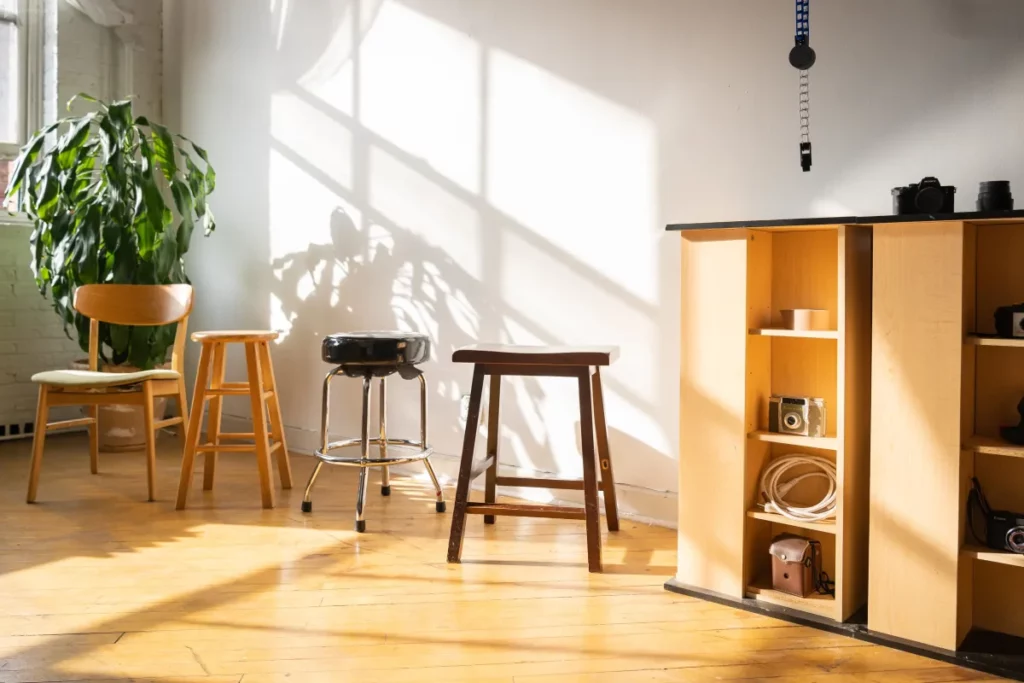
DSLR stands for digital single lens reflex. This refers to the mechanism in the camera that, working in target with the attached lens, allows you to see an image. A mirror reflects — hence the term “reflex”— light passing through the lens through a prism to the viewfinder. You end up seeing exactly what your lens is seeing.
When you press the shutter release, the mirror flips up and the shutter opens, exposing the camera’s sensor to light for a set amount of time. Before the era of digital photography, this is the process that would expose a frame of 35mm film.
With a mirrorless or point-and-shoot camera, the viewfinder contains a small screen that displays a live read from the sensor. This offers an advantage over DSLRs in one respect, in that you see the exact exposure of your image. However, DSLRs have the advantage of being lag-free. This can be a real problem with point-and-shoots, though high-end mirrorless cameras have virtually eliminated the lag issue.
Despite this, DSLRs remain the premier choice for many photographers who shoot in situations where subjects move quickly, like wildlife or sports. Compared to a point-and-shoot camera, DSLRs will always be faster.
A DSLR also gives you the option to shoot in full manual mode. This means you are in control of every element of a photograph. You have full control over the length of exposure, aperture, and ISO setting. This gives you the ability to fine-tune your images in a way that most point-and-shoot cameras don’t have.
Here’s everything you need to know about using a ring light for photography!
Sensor size
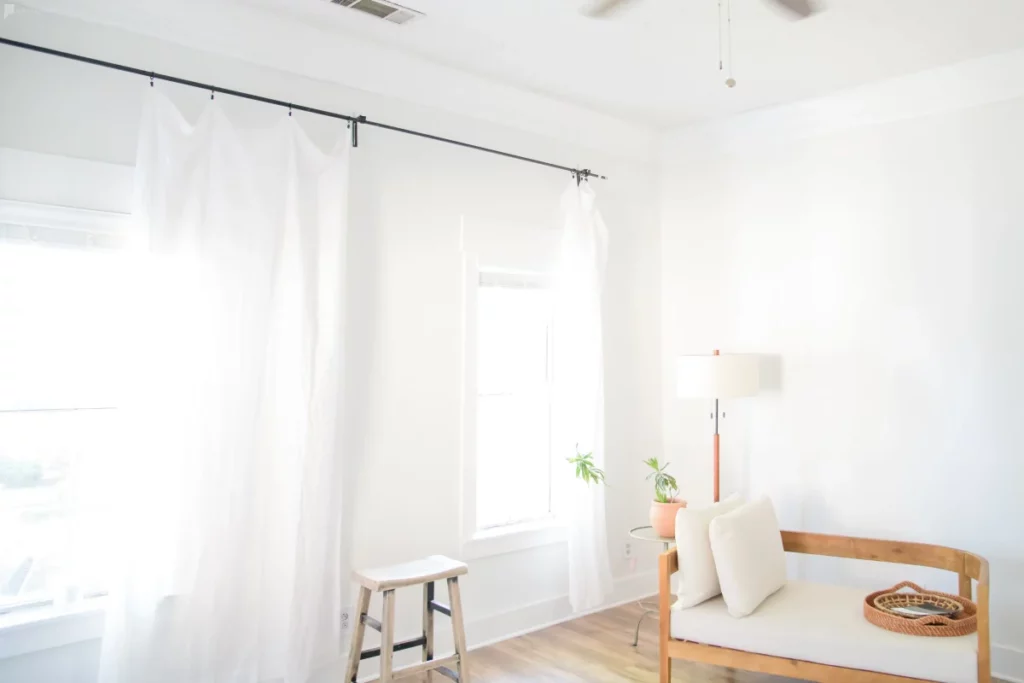
When shopping for DSLRs, you’ll see models with two different sensor offerings: full frame and APS-C, often just called “cropped.” Sensor size doesn’t refer to the number of megapixels but instead defines the physical surface area of the sensor.
This is important to note because a 24-megapixel full-frame sensor will give you an image that is the same resolution as a 24 megapixel cropped sensor. Since you can fit more megapixels on a sensor with a larger surface area, you’ll often see full-frame cameras with a higher megapixel count than their cropped frame brethren, but know that the sensor size itself isn’t a determiner for overall image resolution.
A full-frame sensor is the same size as a single frame of 35mm film. When DSLRs first hit the market, manufacturing constraints limited the viability of producing sensors this size cost-effectively. The first DSLRs all contained cropped sensors, a sensor about half the size of a full-frame sensor. If this doesn’t affect image quality, you may be wondering why you need to worry about it. An APS-C sensor, when paired with a traditional lens, has a crop factor of 1.5x.
If you make an image with a 50mm lens on an APS-C sensor, you’ll need to multiply the lens’s focal length by 1.5 to get an accurate estimate of the field of view. 50mm on a cropped sensor works out to around 75mms. In practice, this won’t really affect your photography— what you see through the viewfinder is what you get. But if you’re shooting on an APS-C sensor and need wide angles, just remember you’ll need an especially wide lens.
Lenses
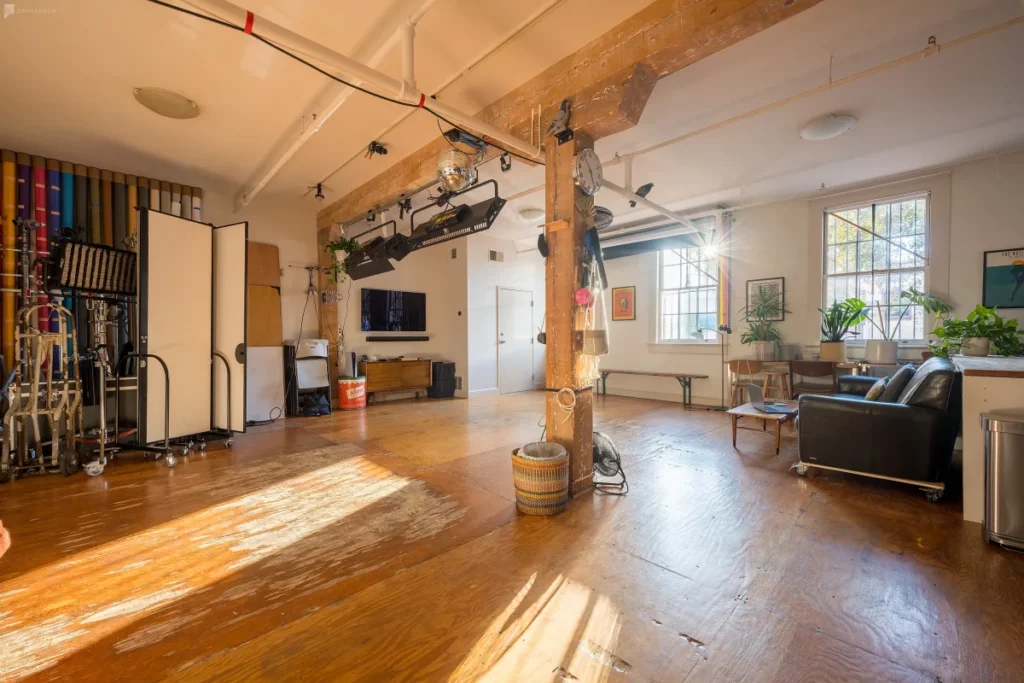
Unlike point-and-shoot cameras, DSLRs don’t have a built-in lens. Instead, you have the ability to mount a variety of lenses to create an ideal system for whatever it is you are shooting. For the most part, camera manufacturers use proprietary mounts for their camera bodies, and third-party lens makers sell lenses with multiple mount types.
And while a variety of adapters exist that will allow you to use one company’s lens on another company’s camera, it’s probably best to use lenses native to your system when you’re starting out. There are plenty of factors that affect the strengths and weaknesses of each lens, so keep that in mind as you’re building your kit. Several DSLRs can accept lenses from older film cameras as well, either natively or with adapters. These may be a good option if you’re on a tighter budget.
Mirrorless cameras also offer you the ability to change lenses. Generally, lenses for mirrorless cameras are smaller and lighter than those made for DSLRs. However, since mirrorless cameras haven’t been on the market as long as DSLRs, you’ll find their lens ranges can sometimes be limiting or prohibitively expensive. Being able to take advantage of the robust used lens markets for DSLRs can certainly be an advantage when building your kit.
Should you buy a DSLR?

If point-and-shoot cameras have taken you as far as you can go in your photographic work, or if you want to get into photography with a camera that won’t hold your hand, then you should consider buying a DSLR.
Despite their advanced functionality, most manufacturers offer entry-level DSLRs at prices competitive with higher-end point-and-shoot cameras. Size is obviously a consideration here — while many point-and-shoots will fit in your pocket, even the smallest DSLRs are bulky in comparison. But what you lose in convenience, you more than makeup for with capability.
Their larger sensors will give you higher-quality images, and the large lens selection will give you the best gear for any situation you’ll be shooting. Don’t let the additional features scare you off from buying a DSLR, though. These cameras have good auto modes that you can slowly work your way off of as you get used to a more capable camera, and in doing so, you’ll learn more about how shooting conditions affect the final image.
Wondering how to photograph the moon? Will you need a DSLR to do so? Learn all about it here!
Practice your photographic skills at a Peerspace

Whether you opt to buy a DSLR camera is up to you. But we can all agree that embracing your photography passion with plenty of practice is always the way to go!
Luckily, you’ve come to Peerspace, the largest online marketplace for hourly venue rentals. You can use our platform to browse and book professional photography studios and other photogenic spaces that maximize your talents and creative vision.
Here are a few ideas to get you started:
- This downtown photo studio with nine different sets in Los Angeles
- This natural light studio with easy load-in in Chicago
- This all-inclusive photo studio with gear included in Philadelphia
- This fully-equipped photo studio for creatives in Irving, TX
- This all-inclusive multi-set photo studio in Brooklyn, NYC
What is a DSLR: conclusion
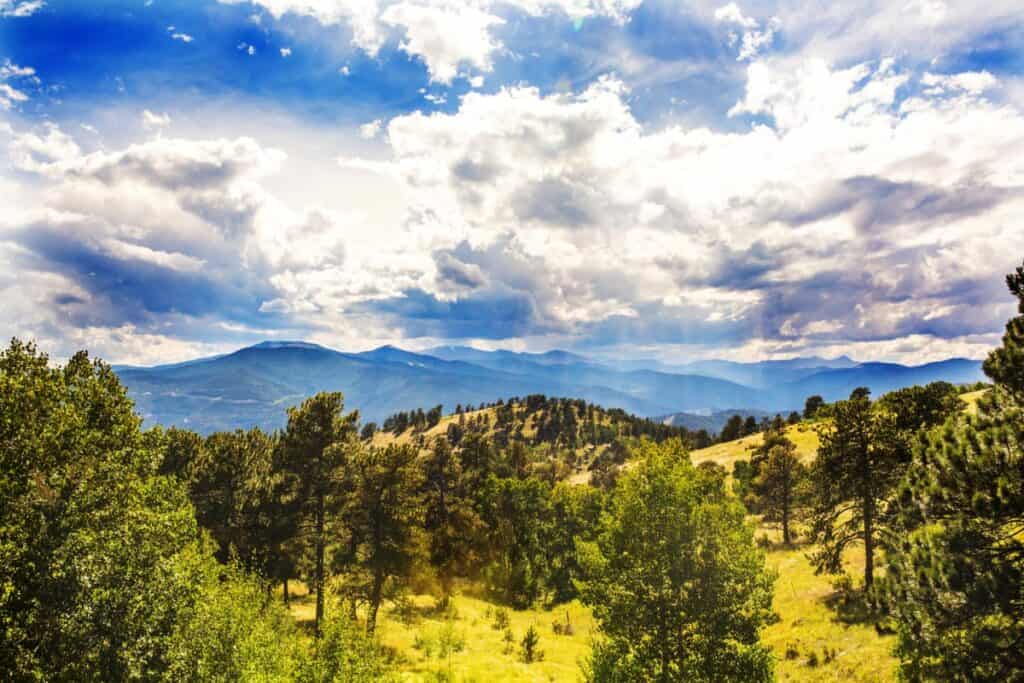
Hopefully, you know how a better idea of what a DSLR is and how these cameras can make a difference in your photography. Not only that, but we also hope you’ve discovered a Peerspace or two you’re looking forward to checking out for an upcoming project!
Find unique production spaces on Peerspace
Get together somewhere better
Book thousands of unique spaces directly from local hosts.
Explore SpacesShare your space and start earning
Join thousands of hosts renting their space for meetings, events, and photo shoots.
List Your Space

